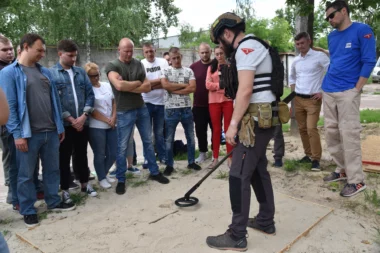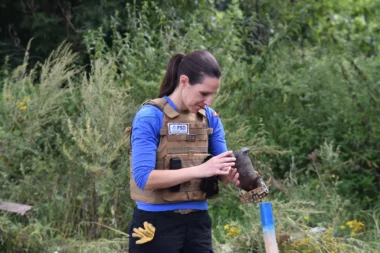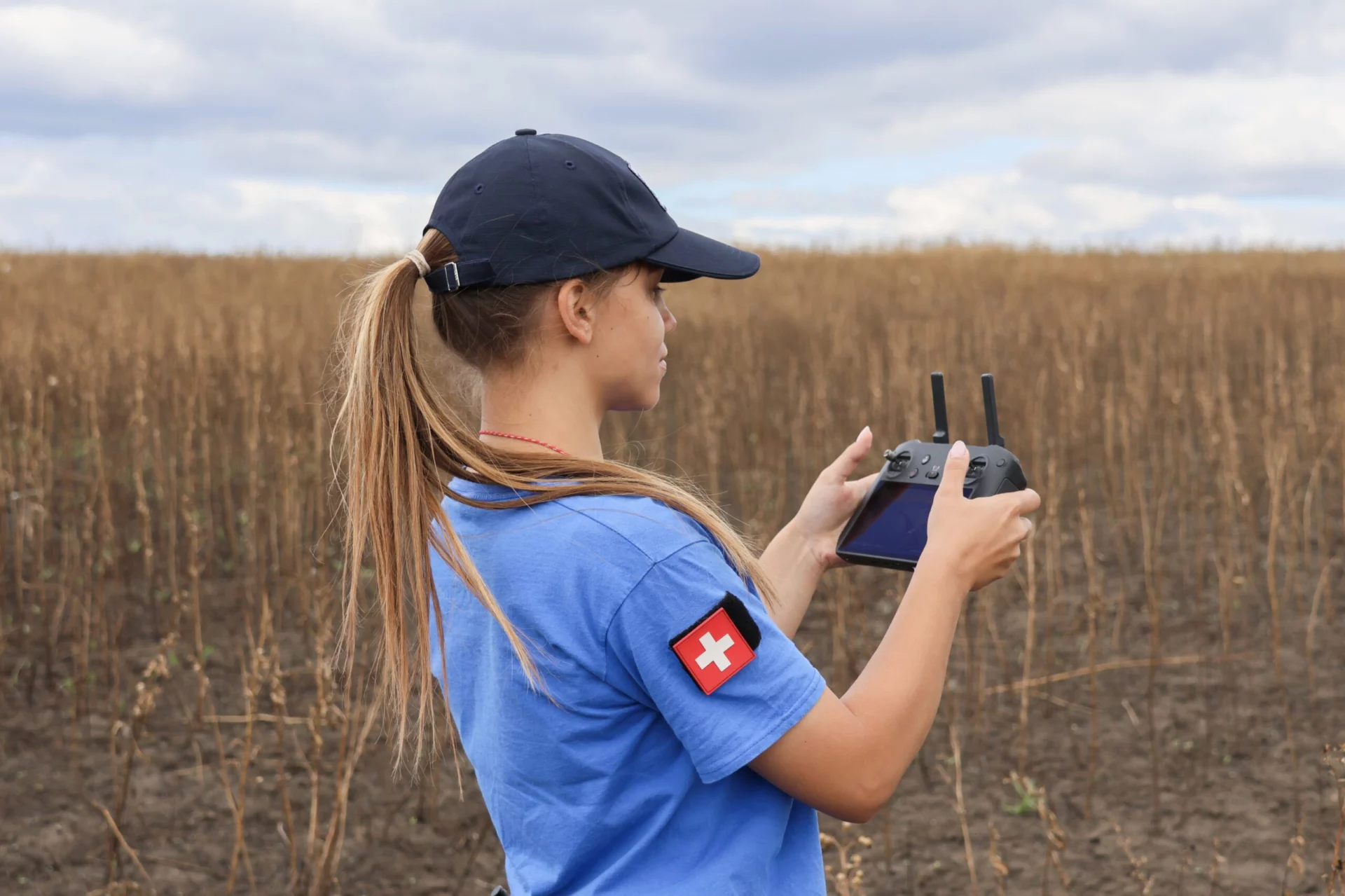Humanitarian demining

What is humanitarian demining?
Every episode of combat leaves behind numerous unexploded ordnance — between 1% and 40%, depending on the terrain, weapon type, and age. These unexploded items remain dangerous for decades. In addition, there are often anti-personnel or anti-tank mines. Every day, children are injured or killed by mines and remnants from wars they have never even known.
Humanitarian demining involves locating and removing these explosive remnants of war. Unlike military demining, which serves tactical objectives, humanitarian demining aims for the complete and lasting elimination of explosive devices to protect civilian populations, facilitate the return of displaced people, and enable reconstruction and the resumption of agriculture.
Humanitarian demining not only includes locating, neutralising, and destroying explosive devices, but also conducting preliminary surveys to identify, map, and mark contaminated areas.
How FSD operates in the field
FSD recruits and trains local personnel in humanitarian demining. Operations begin with the collection of information, notably from local residents, and drone surveys to identify and map potentially dangerous areas.
Once these areas are marked, deminers are deployed in the field with their metal detectors. When a signal is detected, they carefully dig; if an explosive device is found, it is neutralised and then safely destroyed. In certain contexts, teams also use specialised machines and dogs to speed up the work.
At the end of operations, the cleared land is officially handed back to the communities, allowing them to live there safely once again.
Understanding humanitarian demining
View all
How to become deminer?
FSD’s deminers come from all walks of life: farmers, teachers, IT specialists and many others. Many have had their lives…
Humanitarian demining Iraq

Clearing mines after an explosion
More than 300 inhabitants, including about 60 children, were locked up for almost a month in a basement last March….
Humanitarian demining Ukraine

On the Tajik-Kyrgyz border, scarred lands begin to heal
In the villages of Shurob and Chorkuh, in northern Tajikistan, the scars of civil war and regional tensions are still…
Recovery Humanitarian demining Prevention and risk education Tajikistan



